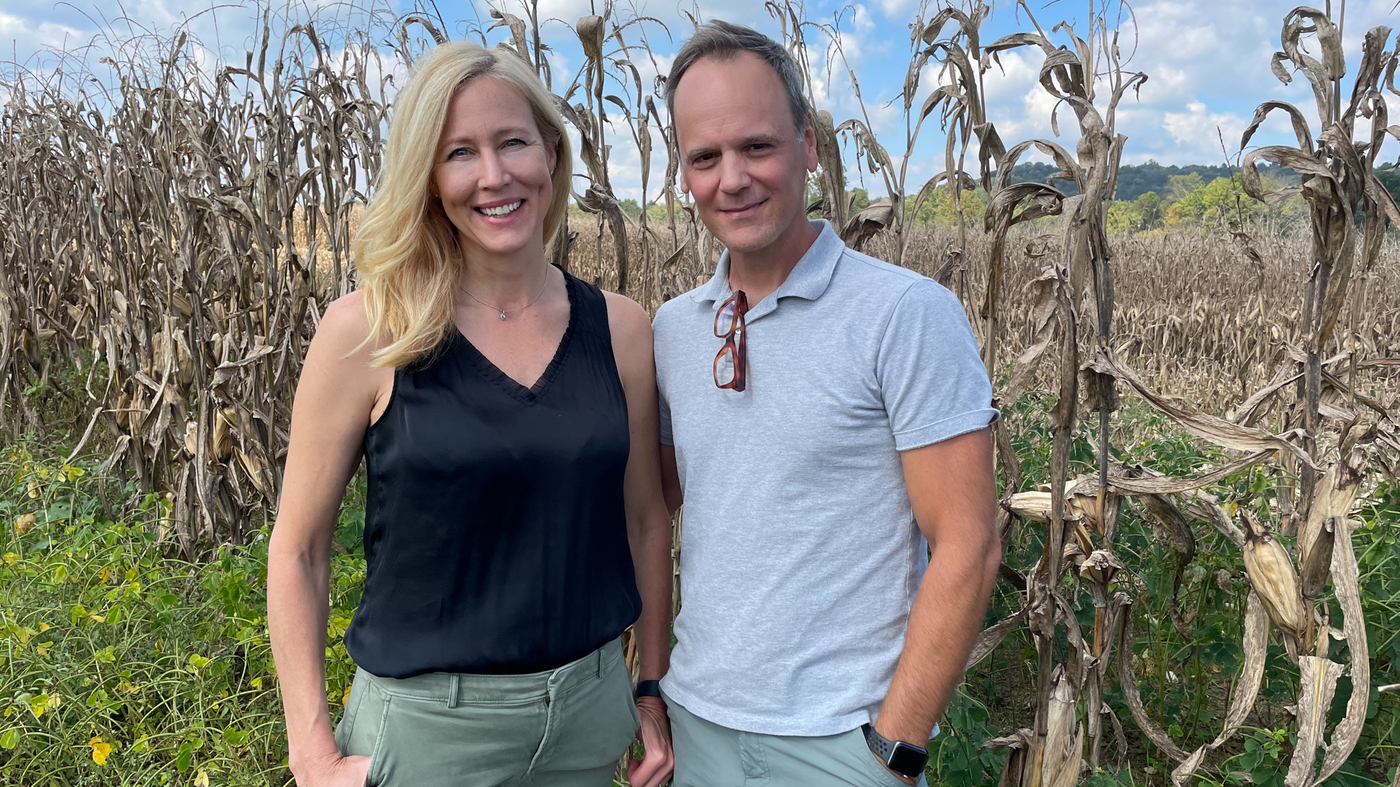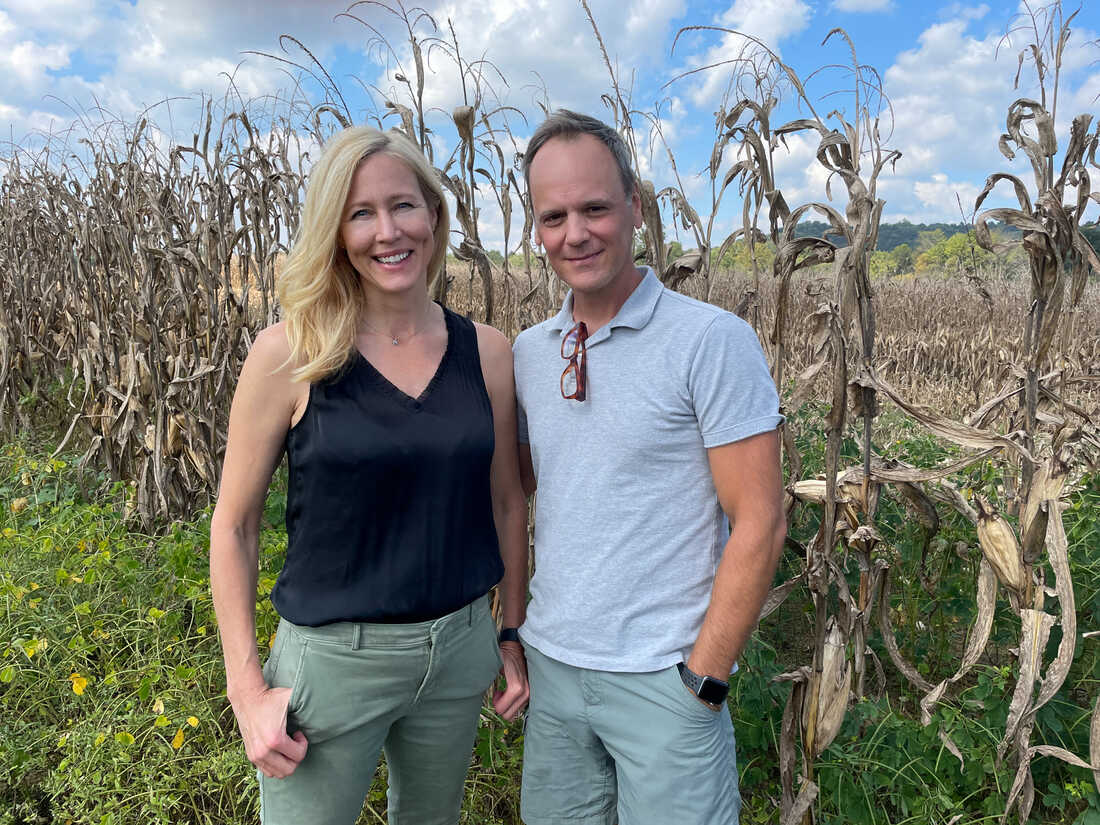How to get rid of medical debt — or avoid it in the first place


Lori Mangum was 32 when apple-sized tumors sprouted on her head. Now — six years and 10 surgeries later — the skin cancer is gone. But her pain lives on, in the form of medical debt.
Even with insurance, Mangum paid $36,000 out-of-pocket, charges that stemmed from the hospital, the surgeon, the anesthesiologist, the pharmacy, and follow-up care. And she still has about $7,000 more to pay.
While she was trying to manage her treatment and medical costs, Mangum remembers thinking, “I should be able to figure this out. I should be able to do this for myself.”
But medical billing and health insurance systems in the U.S. are complex, and many patients have difficulty navigating them.
“It’s incredibly humbling — and sometimes even to the point of humiliating — to feel like you have no idea what to do,” Mangum said.

If you’re worried about incurring debt during a health crisis or are struggling to deal with bills you already have, you’re not alone. Some 100 million people — including 41% of U.S. adults — have health care debt, according to a recent survey by KFF (Kaiser Family Foundation).
But you can inform and protect yourself. NPR and KHN spoke with patients, consumer advocates, and researchers to glean their hard-won insights on how to avoid or manage medical debt.
“It shouldn’t be on the patients who are experiencing the medical issues to navigate this complicated system,” said Nicolas Cordova, a health care lawyer with the New Mexico Center on Law and Poverty. But consumers who inform themselves have a better chance of avoiding debt traps.
That means knowing the ins and outs of various policies — whether it’s your insurance coverage, or a hospital’s financial assistance program, or a state’s consumer protection laws. Ask a lot of questions and persist. “Don’t take ‘no’ for an answer,” said Cordova, “because sometimes you might get a ‘yes’.”
Even people with health insurance can land in debt; indeed, one of the biggest problems, consumer advocates said, is that so many people are underinsured, which means they can get hit with huge out-of-pocket costs from coinsurance and high deductibles.
Here is some practical advice about facing down medical debt, at every stage of care and after.

Before You Get Care
Get familiar with your insurance coverage and out-of-pocket costs
Get the best insurance coverage you can afford — even when you’re healthy. Make sure you know what the copays, coinsurance, and deductibles will be. Don’t hesitate to call the insurer and ask someone to walk you through all the potential out-of-pocket costs. Keep in mind that you cannot make changes to your policy except during certain windows of time, such as open enrollment (typically in the fall or early winter) or after a major life event.
Sign up for public insurance if you qualify
If you’re uninsured but need health care, you might qualify for




